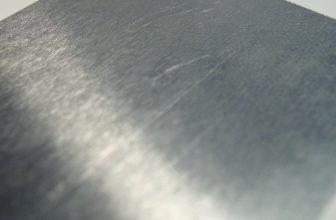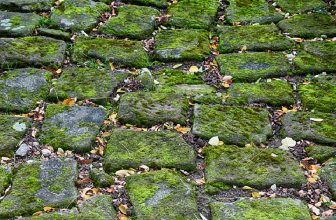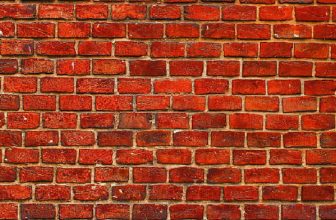How to Remove Mold from Washing Machine Rubber Seal
Are you noticing dark stains and a musty smell coming from your washing machine? If so, then it could mean that mold is growing on the rubber seal. Not only does this affect the performance of your washer, but it can also cause respiratory issues for those living with allergies. Fortunately, there are some steps you can take to get rid of this nasty buildup once and for all! In this blog post, we’ll walk through exactly how to remove mold from washing machine rubber seals with detailed instructions so you can restore your home appliance safely and effectively.
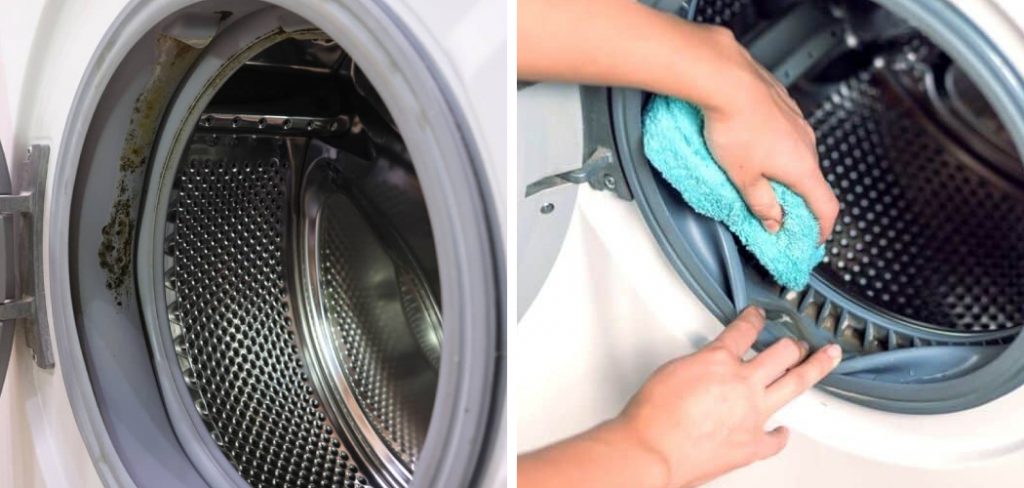
Will Vinegar Remove Mold from Rubber?
Vinegar is often used as an all-purpose cleaner, but it may not be the best choice for removing mold from rubber. While vinegar can be effective in some cases, it should not be used on rubber surfaces because its acidic nature can damage and discolor the material. It’s also important to note that simply pouring vinegar onto the mold is not enough to remove it.
You should use a soft-bristle brush and gently scrub away at the affected area to ensure that you get rid of all the mold spores. If possible, consider using an eco-friendly cleaning solution specifically designed for removing mold from rubber surfaces. This will help minimize any potential damage done by harsh chemicals and ensure that you get rid of the mold completely.
If you want to use vinegar, make sure to dilute it with equal parts of water before applying it to the rubber surface. This will help lessen its acidic nature and reduce the chance of damaging the material. In any case, it’s always a good idea to test any cleaning product in an inconspicuous area to make sure it won’t cause any damage before using it. Taking these extra precautions will help you avoid any costly repairs or replacements and keep your rubber seal in good shape for many years.
6 Methods How to Remove Mold from Washing Machine Rubber Seal
1. Use a Vinegar and Baking Soda Solution
One of the best ways to remove mold from your washing machine rubber seal is to create a solution of vinegar and baking soda. Simply mix equal parts vinegar and baking soda together in a bowl, then use a sponge or brush to apply the mixture to the moldy areas of the rubber seal. Let the mixture sit for several minutes, then scrub away the mold with a brush or sponge. Finally, rinse the area with clean water.
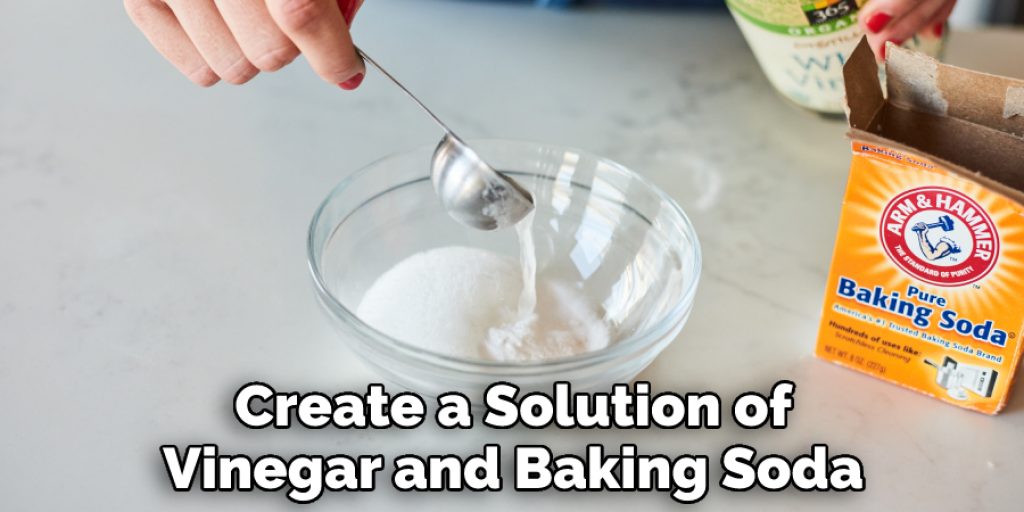
2. Use Hydrogen Peroxide
Hydrogen peroxide is another effective way to remove mold from your washing machine rubber seal. Simply pour some hydrogen peroxide onto a clean cloth and use it to scrub the rubber seal. Make sure to scrub carefully to avoid damaging the rubber seal. After scrubbing, rinse the area thoroughly with water and then dry it off.
However, be aware that hydrogen peroxide can bleach certain materials, so it is best to test a small area before using it. You may also need to repeat the process several times if the mold is stubborn.
3. Use Bleach
If you’re looking for a stronger solution, bleach can also be used to remove mold from your washing machine rubber seal. Be sure to use a non-abrasive cloth and dilute the bleach with water so that it’s not too strong. Put on gloves, and make sure any areas you’re cleaning are well-ventilated. Saturate your cloth in the bleach solution and carefully scrub away at the affected area of your rubber seal.
Once you’ve finished scrubbing, rinse off the rubber seal with clean water. Leave the rubber seal to dry completely before using your washing machine again. Bleaching should only be used as a last resort, though, because it can damage the rubber seal if used too often or in too strong of a concentration.
4. Use Ammonia
Ammonia is another strong solution that can be used to remove mold from your washing machine rubber seal. Make a solution of 1 tablespoon of ammonia to a cup of water, and spray it directly onto the rubber seal. Allow it to sit for 15 minutes before wiping and rinsing with clean water. If you’re dealing with stubborn mold and mildew buildup, try using full-strength ammonia instead of the diluted solution.
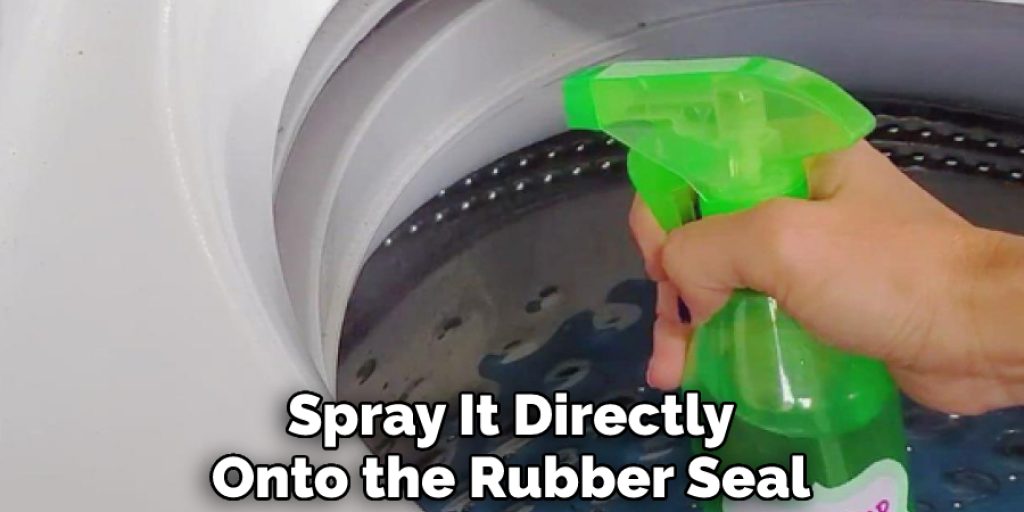
Just be careful when using full-strength ammonia, as it can be quite strong and may cause irritation to the skin and eyes. Make sure to ventilate the area when using ammonia or wear protective gear to avoid contact with inhalation. When finished, rinse thoroughly with clean water and allow to air dry completely before closing the washing machine door.
5. Use Lime Juice
Lime juice is a great natural bleach alternative that can help to get rid of mold on the rubber seal. Squeeze fresh lime juice onto a cloth and rub it into the seal, then rinse away with warm water. Be sure to dry thoroughly, as moisture will promote mold growth. If you don’t have access to fresh limes, you can use bottled lime juice as well.
6. Take Preventative Measures
To ensure that your rubber seal stays clean and free of mold, it is important to take preventative measures. Wipe down the seal with a cloth after each use and leave the door open when possible to promote air circulation. Additionally, make sure to clean the inside of the washing machine on a regular basis by running an empty cycle with hot water and mild detergent. This will help keep mold and mildew from forming in the first place.
By following these steps, you can easily remove mold from your washing machine rubber seal and keep it looking clean for years to come. With a little effort, you can keep your washing machine in tip-top shape and reduce the risk of mold spores growing in your home.
Things to Consider When Removing Mold From Washing Machine Rubber Seal
1. Look for Signs of Mold:
Before attempting to remove mold from the washing machine rubber seal, it is important to ensure that there is actually mold present. To check, inspect the rubber seal for black spots or discoloration, as these are common signs of mold growth.
2. Clean Regularly:
To prevent mold from growing in and around the washing machine rubber seal, regular cleaning is necessary. Use a soft cloth dipped in a mild detergent and warm water to wipe down the rubber seal after each use. This will help to keep mold and mildew from taking hold of the rubber seal.
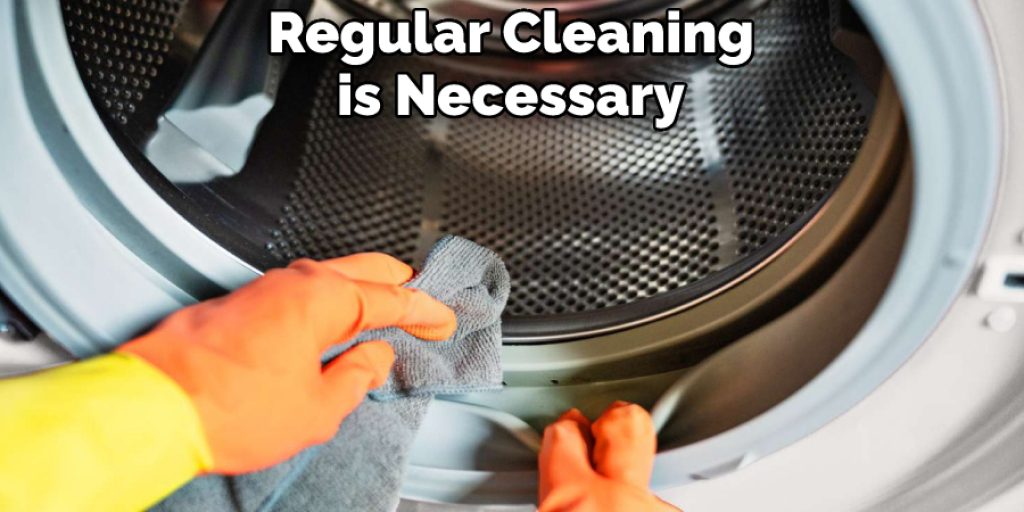
3. Use a Natural Mold Remover:
If mold has already taken over the washing machine rubber seal, it is important to remove it quickly and safely. Rather than using harsh chemical cleaners on the appliance, try a natural mold remover such as white vinegar or baking soda.
4. Rinse After Cleaning:
Once the rubber seal has been cleaned, be sure to rinse it off with warm water. This will help to remove any residue from the cleaning solution and also ensure that no traces of mold remain on the rubber seal.
5. Air Dry:
Finally, allow the washing machine rubber seal to air dry before closing up the appliance again. This will complete the process and prevent any further problems from occurring due to residual moisture in the area.
Follow these steps when removing mold from a washing machine’s rubber seal, and you can keep your appliance free from mold and mildew for years to come! It is important to remember to clean the rubber seal regularly and to use natural mold-removing solutions when you do find mold present. With a little bit of effort, you can keep your washing machine in tip-top shape for many years to come!
Few Additional Tips for Removing Mold from the Washing Machine Rubber Seal
- Make sure to wear protective gloves and eye protection while cleaning the rubber seal.
- Ventilate the area by opening windows or turning on a fan while performing any cleaning tasks.
- Disinfect the area after cleaning with an effective disinfectant such as bleach or hydrogen peroxide. This will help to prevent any further growth of mold spores.
- Consider replacing the rubber seal if it has become too severely damaged by mold growth.
- If possible, keep the washing machine in an area with good ventilation and away from any sources of moisture. This can help to prevent future mold growth on the rubber seal.
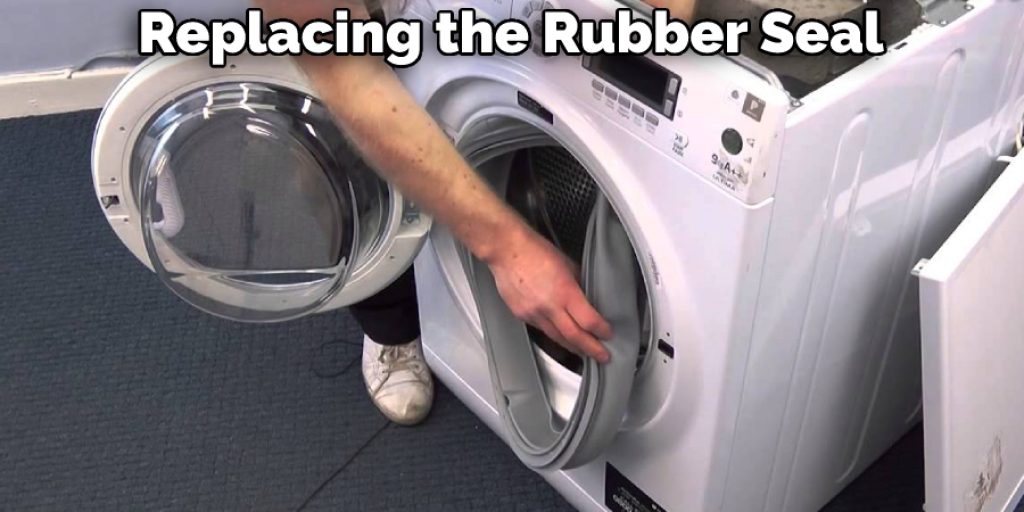
Conclusion
Now that you know how to remove mold from washing machine rubber seal, it’s time to get started. Be sure to follow these steps carefully in order to ensure that all mold is removed and that your machine is properly cleaned. If you have any questions or concerns, be sure to reach out to a professional for help. With these tips, you’ll have your washing machine clean and mold-free in no time!

